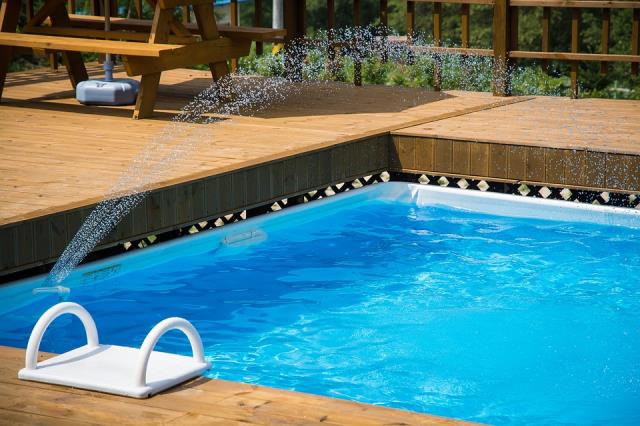Thousands of near-new homes are cracking up in Wyndham, Melton and Hume local government areas, leaving their owners facing financial ruin and long battles to fix them.
Estimates suggest up to 4300 homes in these areas may be suffering from ”slab heave” where volatile soil movements under a home’s foundations cause walls to crack, doors and windows to jam, and floors to tilt.
But the actual number may be far higher, said former academic and consulting engineer Peter Yttrup. Hundreds of other homes in Melton West have been built on a ”sinkhole plain”.
A report revealed in a legal case this week shows Melton Council knew about extreme soil conditions in the new housing estate but did nothing to inform builders or potential home owners.
Melton Council would not comment because of the legal action.
Concerns about slab heave have prompted 160 Melbourne home owners to contact Slater & Gordon Lawyers, solicitor Robert Auricchio said.
Others are taking individual legal action. If they are successful, the state government, which from January this year underwrites all builders warranty insurance, may ultimately foot the bill.
New estates from Grovedale on
Geelong’s outskirts to Doreen in Melbourne’s north are also affected in an epidemic being blamed on ”waffle slab” foundations and poor classification of highly reactive volcanic clay soils.
Waffle slabs ”float” on top of compacted ground and are cheaper and quicker to build than traditional footings.
Both the previous Labor government and current Planning Minister Matthew Guy have sped up land releases in Melbourne’s fast-growing outer suburbs, many in areas with volatile soils, to encourage affordable new housing.
Between 2003 and 2011, 82,738 building permits were issued in Wyndham, Melton and Hume, the Victorian Building Authority said. A VBA investigation of 625 homes found 5.3 per cent had faults.
The problem of slab heave is ”systemic”, widespread and needs urgent government action to fix, Mr Yttrup said.
He said waffle slabs, poorly trained and regulated soil testers, and builders failing to follow the AS2870 standard for home footings were at the root of the problem.
Others say the standards themselves are not tough enough.
Melton West home owner Annette Watson this week took builder Cavalier Homes North Western to Victoria’s planning tribunal, seeking at least $30,000 to fix problems with her home caused by soil movement under a waffle slab. Ms Watson said her difficulties began six yearsago when cracks appeared in the walls and cornices dropped off as her new $225,000 house moved.
Now, the front bedroom is 71 millimetres higher than the rear of the home. Many neighbours are suffering similar issues, she said.
Barrister for Cavalier Homes Robert Squirrell told the Victorian Civil and Administrative Tribunal up to 80 other houses built by Cavalier could be affected.
”This is but one of many, this is the thin edge of the wedge,” he said.
Mr Squirrell sought to have Melton Council, the soil tester and engineer joined to the case because a report given to the council, which labelled the area ”sinkhole plain”, showed thick expansive clay soil posed a hazard to development.
Earlier this year, a home owner in Melbourne’s newest suburb, Tarneit, won $289,589 for the cost of replacing his home in Hollows Circuit. Metricon, Australia’s largest new home builder, has since appealed the decision but faces a similar case in September.
Tribunal member Margaret Lothian said home owners are facing ”toxic costs” – where legal fees outweigh recompense – when they seek to fix their problems in court.






